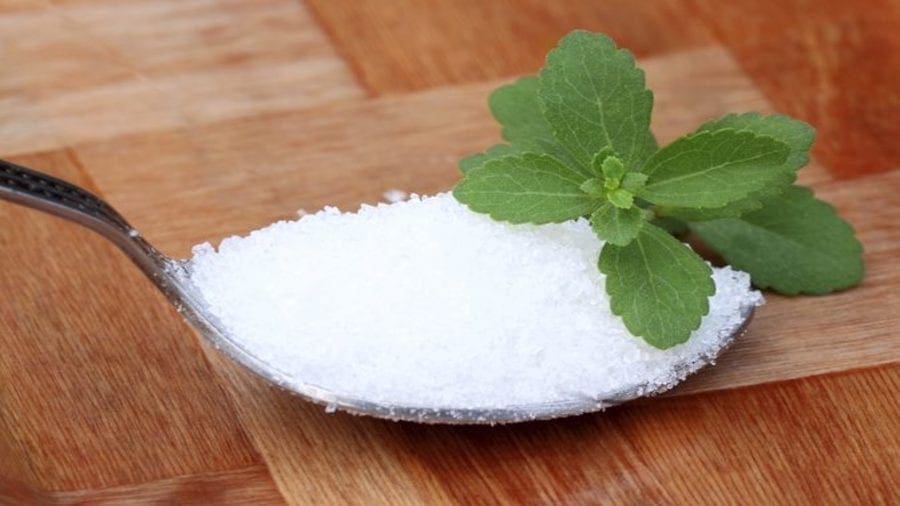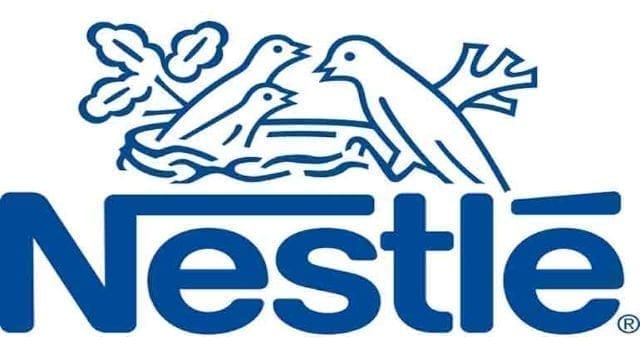WORLD – Increasing demand for natural lower calories sweetener is expected to drive growth in the global stevia market grow at a CAGR of approximately 7% in the next decade (2019-2029).
This is according to a recent report by the Future Market Insights which projects global sales of stevia to hit US$310 million in 2019, a 6.5% year on year growth in the global stevia market from a market value of US$291 million in 2018.
The rise in the demand for the stevia is attributed to its low-calorie content along with growing demand for effective solutions to counteract lifestyle diseases such as diabetes and obesity, the FMI report highlights.
Stevia is a natural, zero-calorie sweetener derived from the leaves of the plant Stevia rebaudiana and contains active compounds known as steviol glycosides which is 30-150 times sweeter than the sucrose.
The use of stevia as a sweetener is approved by various governments across the world and is currently being used in more than 1,400 food and beverage products, including soft drinks, juices, yogurts, confectionery and bakery.
While the stevia market is anticipated to grow progressively, the powder extract of stevia is expected to account for relatively high sales in the global market, according to the report.
The dominance of powdered stevia extract was attributed its longer shelf-life and ease of transportation compared to othe forms. In 2018, the powder extract accounted for about 90% share of global sales.
“While conventional stevia continues to account for relatively high share in the market, the demand for organic variants is expected to increase at a robust rate in the coming years.
“An increase in health-awareness and inclination of consumers towards healthy products are some drivers for the growth of the organic stevia market,” the report highlights.
Growth drivers

Among numerous applications in the entire food and beverage market, significant application in beverages is likely to account for major share of manufacturers’ bottom lines.
In addition, growing preference for plant-based products is also estimated to propel the stevia demand as manufacturers are trying to incorporate natural ingredients in their products.
Notably, various advantages offered by stevia including its origin, low calorie, high sweetness intensity, heat and pH-stable are anticipated to further stimulate its demand in the end-use industry and are anticipated to boost the growth of the stevia market.
Furthermore, support for the use of the sweetener in the F&B industry form government and health organizations such as WHO is one of the key reasons for the growth of the stevia market.
“Stevia has received approval from various regulatory bodies to be used as a natural sweetener in a number of end-use applications, thereby offering significant impetus to the market growth,” the study notes.
The global FMI report describes the stevia market as a moderately competitive market, with tier-1 players holding approximately 35% – 40% share of the market
This study, titled ‘Stevia Market: Growth 1.0 Led by High Demand for Low-calorie Products: Global Industry Analysis and Opportunity Assessment, 2019 – 2029’ offers insights into the stevia market for the forecast period of 2019-2029.










